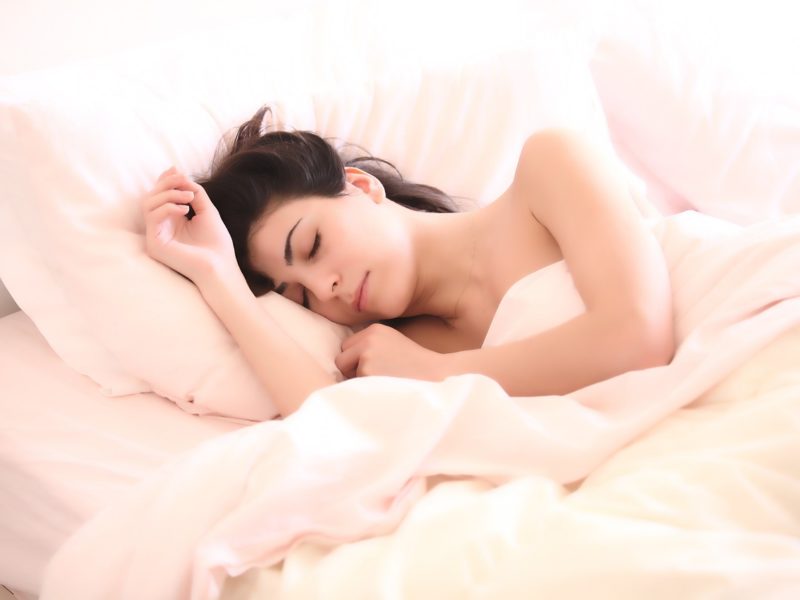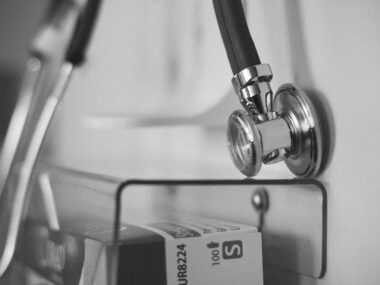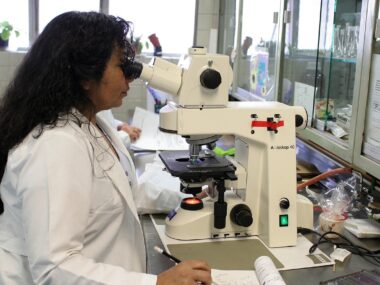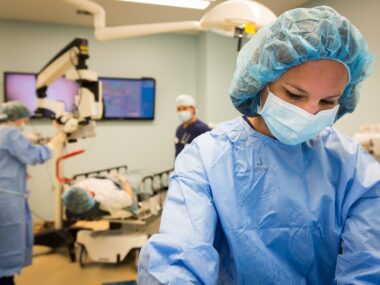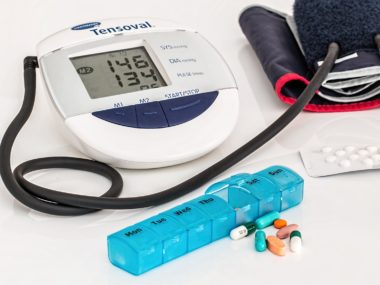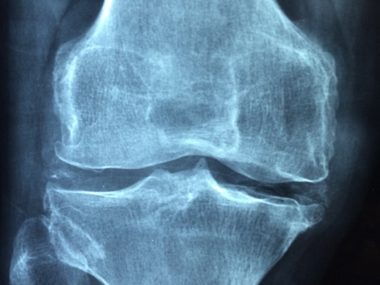What is Sleep Apnea?
The term Apnea can be loosely translated to mean ‘Breathless’. Sleep apnea is a potentially serious sleep disorder characterized by interruptions in breathing during sleep. These interruptions, known as apneas, can last for seconds to minutes and may occur multiple times throughout the night.
There are two main types of sleep apnea; obstructive sleep apnea (OSA) and central sleep apnea (CSA) and a third type called mixed or complex sleep apnea representing a combination of both.
The Types of Sleep Apnea
Obstructive Sleep Apnea (OSA)
OSA is the more common form of sleep apnea and occurs when the muscles in the throat relax excessively during sleep, causing a partial or complete blockage of the airway. This obstruction results in a temporary pause in breathing.
The most common symptoms of OSA include loud snoring, abrupt awakenings accompanied by a choking or gasping sound as the individual struggles to resume normal breathing, and excessive daytime sleepiness.
The risk factors for developing OSA include obesity, age, gender (men are more prone), family history, and certain medical conditions like hypertension.
Central Sleep Apnea (CSA)
CSA is less common and is characterized by a failure of the brain to send appropriate signals to the muscles that control breathing. Unlike OSA, CSA is not associated with a physical blockage of the airway. Instead, it involves a lack of respiratory effort, leading to pauses in breathing.
CSA may be linked to certain medical conditions such as heart failure, stroke, or the use of opioid medications.
Mixed or Complex Sleep Apnea Syndrome
Mixed sleep apnea, as the name suggests, is a combination of both obstructive and central sleep apnea. It is also known as treatment-emergent central sleep apnea and occurs when an individual with OSA develops central sleep apnea after receiving treatment with positive airway pressure (PAP) therapy.
Risk Factors and Causes of Sleep Apnea
- Weight: Obesity is a significant risk factor for sleep apnea, as excess weight can lead to increased fat deposits around the neck, narrowing the airway.
- Age: Sleep apnea is more common in older adults.
- Gender: Men are more likely to have sleep apnea than women, though the risk increases in women, especially during pregnancy and after menopause.
- Family History: A family history of sleep apnea may increase the risk.
- Neck Circumference: A thicker neck may have a narrower airway, increasing the risk of obstruction.
- Smoking and Alcohol Use: These can relax the muscles of the throat, contributing to airway collapse.
- Medical Conditions: Conditions such as high blood pressure, diabetes, and chronic nasal congestion can increase the risk.
Complications of Untreated Sleep Apnea
- Cardiovascular Issues: Sleep apnea is associated with an increased risk of hypertension, atrial fibrillation, stroke, and heart failure.
- Daytime Fatigue: Due to disrupted sleep, individuals with sleep apnea often experience excessive daytime sleepiness, which can impair daily functioning and increase the risk of accidents.
- Metabolic Issues: Sleep apnea has been linked to insulin resistance and glucose intolerance, contributing to the development of type 2 diabetes.
- Liver Problems: Severe cases of sleep apnea may be associated with nonalcoholic fatty liver disease.
How to Properly Diagnose and Treat Sleep Apnea
The first step towards getting the right diagnosis and treatment for sleep apnea is to get a medical appointment to see a doctor and run the necessary tests whose results would indicate the condition.
Sleep apnea is typically diagnosed through a combination of medical history evaluation, physical examination, and sleep studies such as polysomnography or home sleep apnea testing.
The treatment options include the following:
- Continuous Positive Airway Pressure (CPAP): CPAP is a common treatment where a machine delivers a steady stream of air through a mask to keep the airway open.
- Bi-level Positive Airway Pressure (BiPAP): Similar to CPAP but adjusts pressure levels for inhalation and exhalation.
- Lifestyle Changes: Weight loss, positional therapy, and avoiding alcohol and sedatives before bedtime can help in managing mild cases.
- Surgery: In certain cases, surgical interventions may be considered to address structural issues in the airway.
Infant Sleep Apnea
Just like in adults, babies can also experience interruptions in breathing while they sleep. It is important to carefully monitor your baby for a while to be sure they do not have this condition.
The most common symptoms of sleep apnea in babies would present as restlessness during sleep; the baby may toss and turn, have difficulty settling into a deep sleep, or wake frequently. Another symptom is cyanosis; the baby’s skin may appear bluish due to a lack of oxygen during apnea episodes.
Infant sleep apnea can have various causes, including prematurity, congenital abnormalities, infections, and certain medical conditions. It is essential for parents or caregivers to seek medical attention if they suspect their baby may be experiencing sleep apnea. Diagnosis often involves monitoring the baby’s sleep patterns and may include a sleep study (polysomnography) conducted in a hospital or sleep center.
